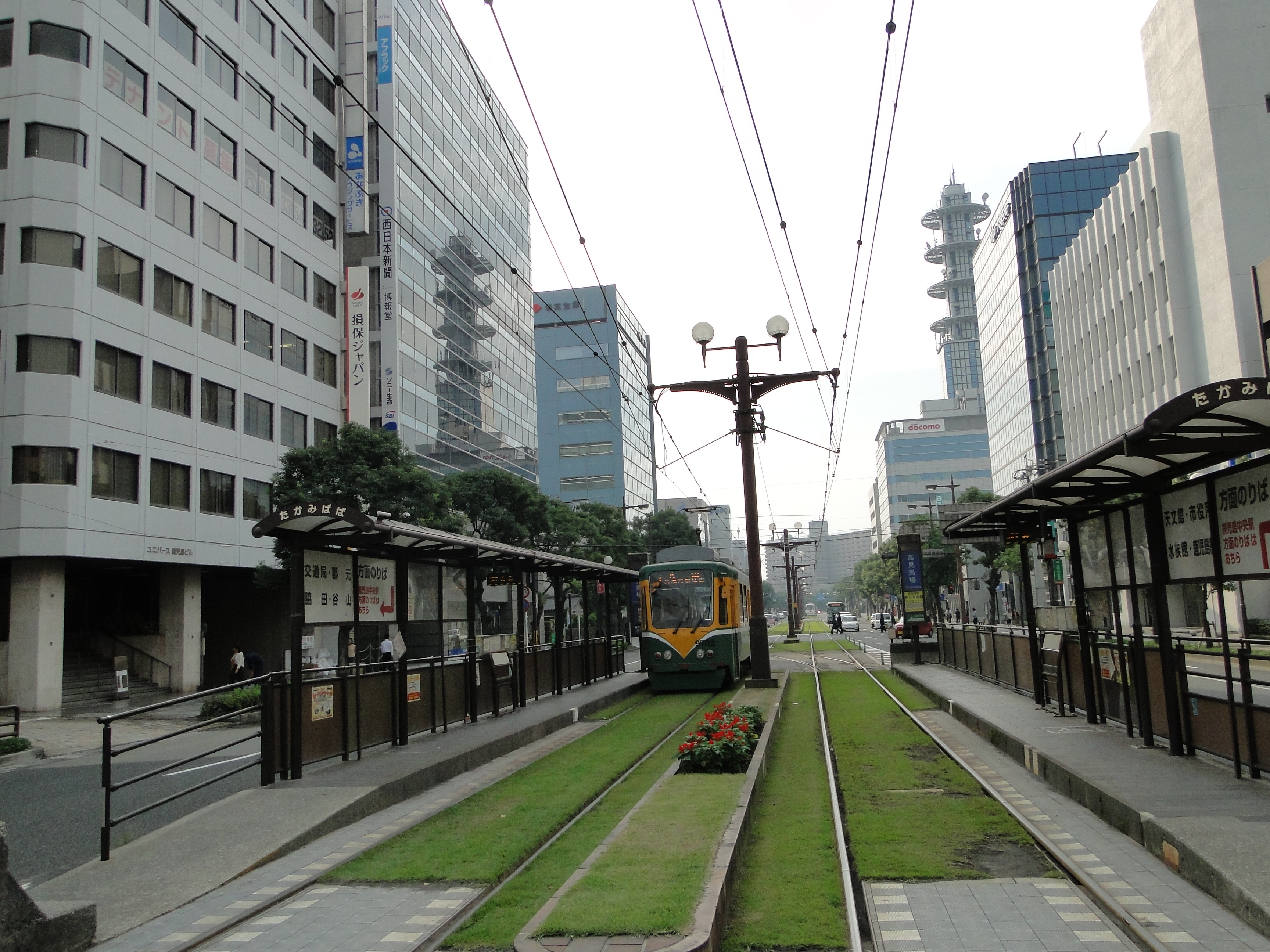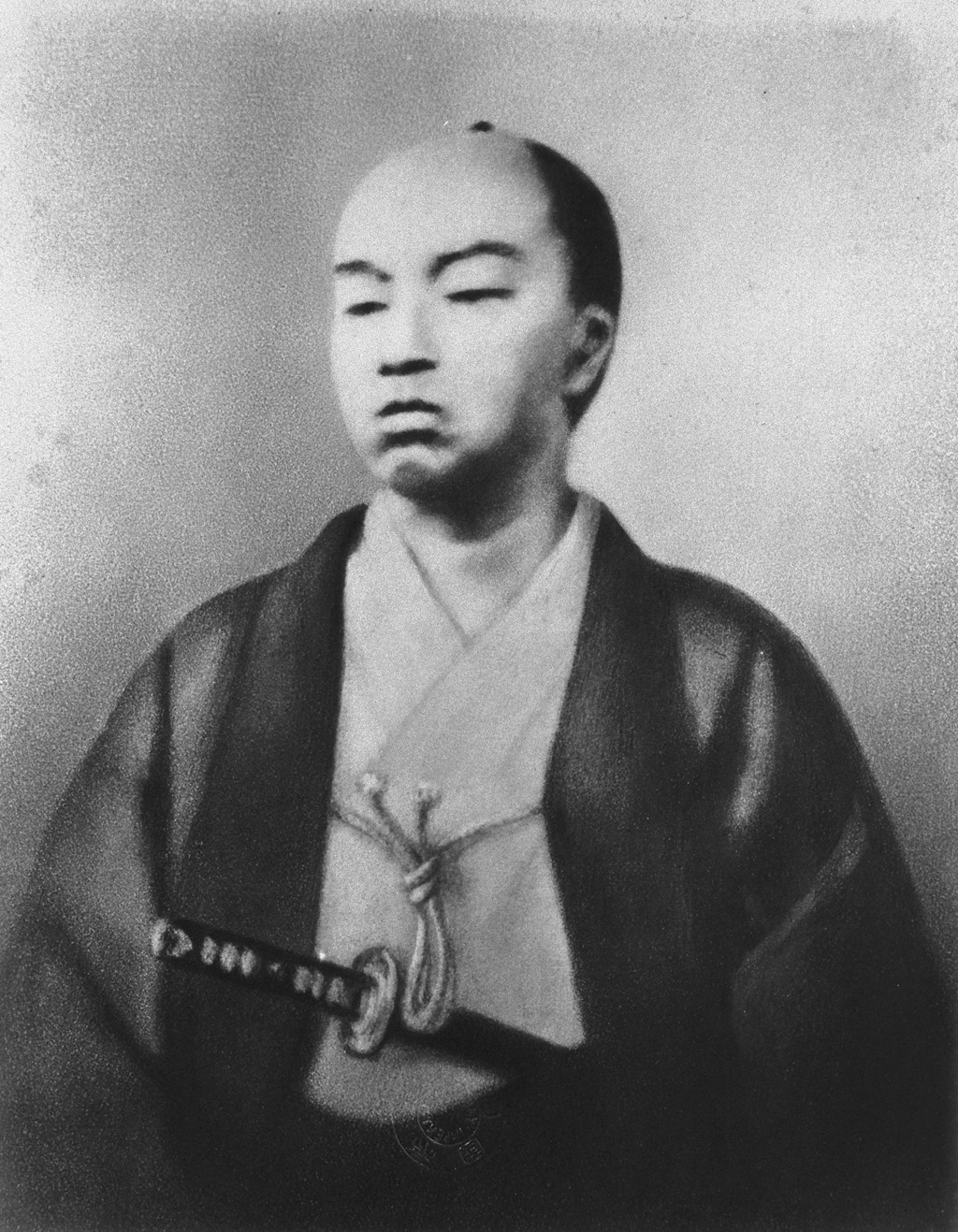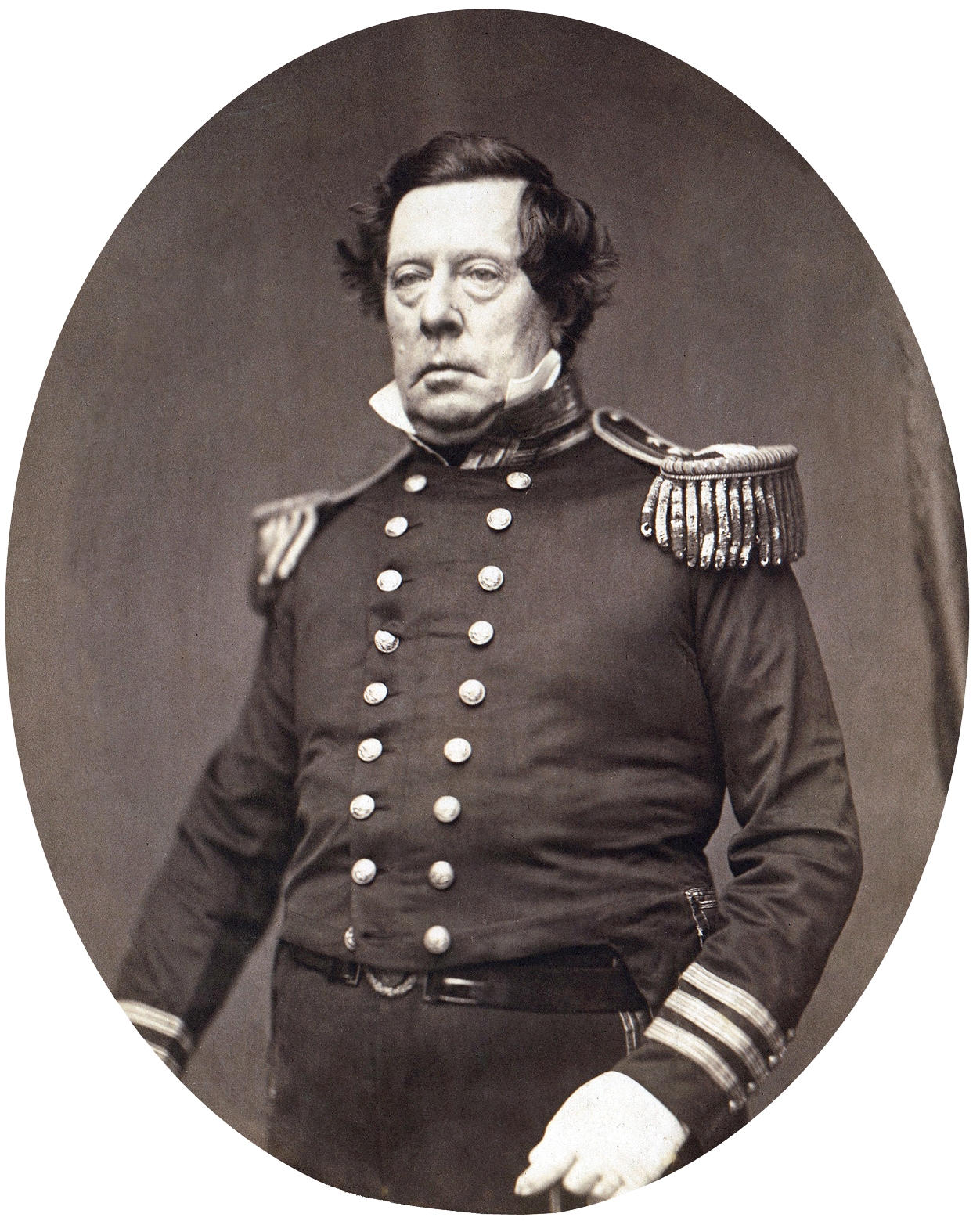|
Museum Of The Meiji Restoration
The is a history museum in Kagoshima, Japan. Located by the Kōtsuki River, it is a gallery where visitors can learn about the Meiji Restoration. In the basement hall, sound, light, and robots are used to present a three-dimensional experience of the Meiji Restoration. On the first floor, exhibits describe the people, things, and events of Satsuma Province. See also * Satsuma Domain * Shimazu Hisamitsu * Saigō Takamori * Ōkubo Toshimichi * Bakumatsu was the final years of the Edo period when the Tokugawa shogunate ended. Between 1853 and 1867, Japan ended its isolationist foreign policy known as and changed from a feudal Tokugawa shogunate to the modern empire of the Meiji governm ... External links Museum of the Meiji Restoration Buildings and structures in Kagoshima Meiji Restoration Satsuma Province Museums in Kagoshima Prefecture History museums in Japan {{Japan-museum-stub ... [...More Info...] [...Related Items...] OR: [Wikipedia] [Google] [Baidu] |
Kagoshima City
, abbreviated to , is the capital city of Kagoshima Prefecture, Japan. Located at the southwestern tip of the island of Kyushu, Kagoshima is the largest city in the prefecture by some margin. It has been nicknamed the "Naples of the Eastern world" for its bay location ( Aira Caldera), hot climate, and emblematic stratovolcano, Sakurajima. The city was officially founded on April 1, 1889. It merged with Taniyama City on April 29, 1967 and with Yoshida Town, Sakurajima Town, Kiire Town, Matsumoto Town and Kōriyama Town on November 1, 2004. Etymology The name "Kagoshima" (鹿児島) literally means "deer child island" or "young-deer island". In the Kagoshima dialect, local names for the city include “かごっま (Kagomma)”, “かごんま (Kagonma)”, “かごいま (Kagoima)” and “かごひま (Kagohima)”. While the kanji for Kagoshima ( 鹿 児 島) literally mean "deer child island", or "island of the fawn" for certain, the source etymology is not clear and ... [...More Info...] [...Related Items...] OR: [Wikipedia] [Google] [Baidu] |
Meiji Restoration
The , referred to at the time as the , and also known as the Meiji Renovation, Revolution, Regeneration, Reform, or Renewal, was a political event that restored practical imperial rule to Japan in 1868 under Emperor Meiji. Although there were ruling emperors before the Meiji Restoration, the events restored practical abilities and consolidated the political system under the Emperor of Japan. The goals of the restored government were expressed by the new emperor in the Charter Oath. The Restoration led to enormous changes in Japan's political and social structure and spanned both the late Edo period (often called the Bakumatsu) and the beginning of the Meiji era, during which time Japan rapidly industrialized and adopted Western ideas and production methods. Foreign influence The Japanese knew they were behind the Western powers when US Commodore Matthew C. Perry came to Japan in 1853 in large warships with armaments and technology that far outclassed those of Japan, wit ... [...More Info...] [...Related Items...] OR: [Wikipedia] [Google] [Baidu] |
Kagoshima, Kagoshima
, abbreviated to , is the capital city of Kagoshima Prefecture, Japan. Located at the southwestern tip of the island of Kyushu, Kagoshima is the largest city in the prefecture by some margin. It has been nicknamed the "Naples of the Eastern world" for its bay location (Aira Caldera), hot climate, and emblematic stratovolcano, Sakurajima. The city was officially founded on April 1, 1889. It merged with Taniyama City on April 29, 1967 and with Yoshida Town, Sakurajima Town, Kiire Town, Matsumoto Town and Kōriyama Town on November 1, 2004. Etymology The name "Kagoshima" (鹿児島) literally means "deer child island" or "young-deer island". In the Kagoshima dialect, local names for the city include “かごっま (Kagomma)”, “かごんま (Kagonma)”, “かごいま (Kagoima)” and “かごひま (Kagohima)”. While the kanji for Kagoshima ( 鹿 児 島) literally mean "deer child island", or "island of the fawn" for certain, the source etymology is not clear and m ... [...More Info...] [...Related Items...] OR: [Wikipedia] [Google] [Baidu] |
Satsuma Province
was an old province of Japan that is now the western half of Kagoshima Prefecture on the island of Kyūshū. Nussbaum, Louis-Frédéric. (2005). "Satsuma" in . Its abbreviation is . History Satsuma's provincial capital was Satsumasendai. During the Sengoku period, Satsuma was a fief of the Shimazu ''daimyō'', who ruled much of southern Kyūshū from their castle at Kagoshima city. They were the initial patrons of Satsuma ware, which was later widely exported to the West. In 1871, with the abolition of feudal domains and the establishment of prefectures after the Meiji Restoration, the provinces of Satsuma and Ōsumi were combined to eventually establish Kagoshima Prefecture. Satsuma was one of the main provinces that rose in opposition to the Tokugawa shogunate in the mid 19th century. Because of this, the oligarchy that came into power after the Meiji Restoration of 1868 had a strong representation from the Satsuma province, with leaders such as Ōkubo Toshimichi and ... [...More Info...] [...Related Items...] OR: [Wikipedia] [Google] [Baidu] |
Satsuma Domain
The , briefly known as the , was a domain (''han'') of the Tokugawa shogunate of Japan during the Edo period from 1602 to 1871. The Satsuma Domain was based at Kagoshima Castle in Satsuma Province, the core of the modern city of Kagoshima, located in the south of the island of Kyushu. The Satsuma Domain was ruled for its existence by the '' Tozama'' ''daimyō'' of the Shimazu clan, who had ruled the Kagoshima area since the 1200s, and covered territory in the provinces of Satsuma, Ōsumi and Hyūga. The Satsuma Domain was assessed under the '' Kokudaka'' system and its value peaked at 770,000 '' koku'', the second-highest domain in Japan after the Kaga Domain. Totman, Conrad. (1993) ''Early Modern Japan'', p. 119 The Satsuma Domain was one of the most powerful and prominent of Japan's domains during the Edo period, conquering the Ryukyu Kingdom as a vassal state after the invasion of Ryukyu in 1609, and clashing with the British during the bombardment of Kagoshima in ... [...More Info...] [...Related Items...] OR: [Wikipedia] [Google] [Baidu] |
Shimazu Hisamitsu
Prince , also known as , was a Japanese samurai of the late Edo period. Hisamitsu was virtual Super Potentate of Satsuma Domain. The younger brother of Shimazu Nariakira, Hisamitsu served as regent for his underage son Tadayoshi, who became the 12th and last of the Satsuma Domain. Hisamitsu was instrumental in the efforts of the southern Satsuma, Chōshū, and Tosa clans to bring down the Tokugawa Shogunate. He held the court title of . Biography Hisamitsu was born in Kagoshima Castle in 1817, the son of Shimazu Narioki, the 10th ''daimyō''; Hisamitsu's name at birth was Kanenoshin; his mother was Yura, Narioki's concubine. He was briefly adopted by the Tanegashima clan as an heir, but was returned to the Shimazu family while still a child. At age eight, he was adopted into the Shigetomi-Shimazu, a branch family of the main Shimazu house. Kanenoshin, now named Matajirō, came of age in 1828, and took the adult name . At age 22, following his marriage to the daughter of the ... [...More Info...] [...Related Items...] OR: [Wikipedia] [Google] [Baidu] |
Saigō Takamori
was a Japanese samurai and nobleman. He was one of the most influential samurai in Japanese history and one of the three great nobles who led the Meiji Restoration. Living during the late Edo and early Meiji periods, he later led the Satsuma Rebellion against the Meiji government. Historian Ivan Morris described him as "the quintessential hero of modern Japanese history". Early life Saigō Kokichi (西郷 小吉) was born in Kajiya, Kagoshima, Satsuma Domain, the eldest son of samurai squire (''koshōkumi'') Saigō Kichibē and his wife Masa. He had six siblings and his younger brother was Marshal-Admiral Marquis Saigō Jūdō. His childhood name was Kokichi and he received the given name Takamori in adulthood. He wrote poetry under the name Saigō Nanshū (西郷 南洲). Shogun Tokugawa Yoshinobu resigned, returning power to the Emperor in what came to be known as the Meiji Restoration. However, Saigō was one of the most vocal and vehement opponents to the negotia ... [...More Info...] [...Related Items...] OR: [Wikipedia] [Google] [Baidu] |
Ōkubo Toshimichi
was a Japanese statesman and one of the Three Great Nobles regarded as the main founders of modern Japan. Ōkubo was a ''samurai'' of the Satsuma Domain and joined the movement to overthrow the ruling Tokugawa Shogunate during the '' Bakumatsu'' period. Upon the founding of the new Empire of Japan, Ōkubo became a leading member of the Meiji Restoration and a prominent member of the Meiji oligarchy. Following his return from the Iwakura Mission in 1873, he became Lord of Home Affairs and used his office's authority to rapidly expand his influence within the Restoration government. By the beginning of 1874, he had firmly established himself as the country's ''de facto'' dictator. In this capacity, he enacted numerous structural reforms, pacified disputes within the Meiji regime at the Osaka Conference of 1875, and suppressed several rebellions threatening the survival of the empire. As a result of his oppressive leadership, Ōkubo became the focus of deep animosity within ... [...More Info...] [...Related Items...] OR: [Wikipedia] [Google] [Baidu] |
Bakumatsu
was the final years of the Edo period when the Tokugawa shogunate ended. Between 1853 and 1867, Japan ended its isolationist foreign policy known as and changed from a feudal Tokugawa shogunate to the modern empire of the Meiji government. The major ideological-political divide during this period was between the pro-imperial nationalists called and the shogunate forces, which included the elite swordsmen. Although these two groups were the most visible powers, many other factions attempted to use the chaos of to seize personal power.Hillsborough, ''page # needed'' Furthermore, there were two other main driving forces for dissent: first, growing resentment on the part of the (or outside lords), and second, growing anti-Western sentiment following the arrival of Matthew C. Perry. The first related to those lords whose predecessors had fought against Tokugawa forces at the Battle of Sekigahara in 1600, after which they had been permanently excluded from all powerful p ... [...More Info...] [...Related Items...] OR: [Wikipedia] [Google] [Baidu] |
Buildings And Structures In Kagoshima
A building, or edifice, is an enclosed structure with a roof and walls standing more or less permanently in one place, such as a house or factory (although there's also portable buildings). Buildings come in a variety of sizes, shapes, and functions, and have been adapted throughout history for a wide number of factors, from building materials available, to weather conditions, land prices, ground conditions, specific uses, prestige, and aesthetic reasons. To better understand the term ''building'' compare the list of nonbuilding structures. Buildings serve several societal needs – primarily as shelter from weather, security, living space, privacy, to store belongings, and to comfortably live and work. A building as a shelter represents a physical division of the human habitat (a place of comfort and safety) and the ''outside'' (a place that at times may be harsh and harmful). Ever since the first cave paintings, buildings have also become objects or canvasses of much artis ... [...More Info...] [...Related Items...] OR: [Wikipedia] [Google] [Baidu] |
Museums In Kagoshima Prefecture
A museum ( ; plural museums or, rarely, musea) is a building or institution that cares for and displays a collection of artifacts and other objects of artistic, cultural, historical, or scientific importance. Many public museums make these items available for public viewing through exhibits that may be permanent or temporary. The largest museums are located in major cities throughout the world, while thousands of local museums exist in smaller cities, towns, and rural areas. Museums have varying aims, ranging from the conservation and documentation of their collection, serving researchers and specialists, to catering to the general public. The goal of serving researchers is not only scientific, but intended to serve the general public. There are many types of museums, including art museums, natural history museums, science museums, war museums, and children's museums. According to the International Council of Museums (ICOM), there are more than 55,000 museums in 202 count ... [...More Info...] [...Related Items...] OR: [Wikipedia] [Google] [Baidu] |









